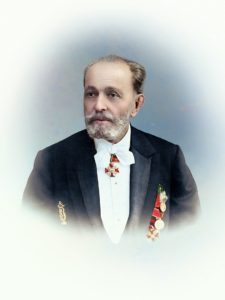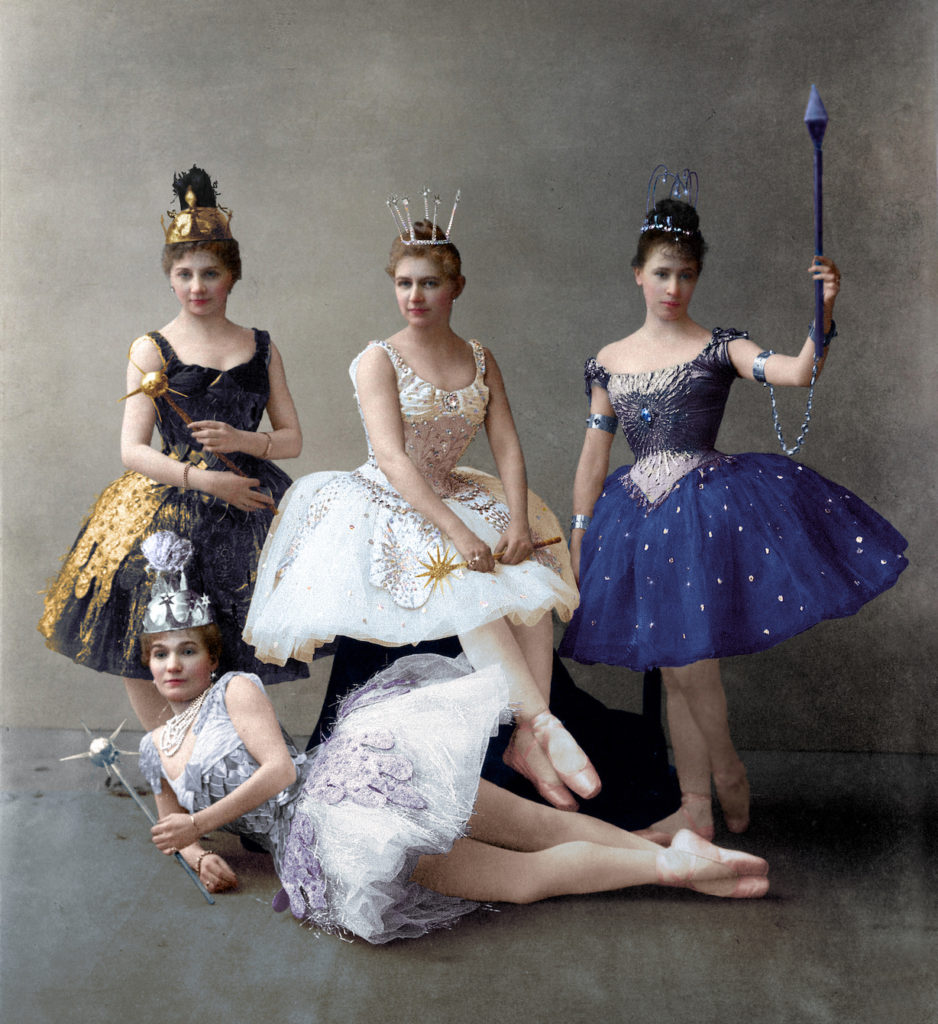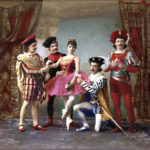Channelling Petipa: A film full of classical delights - Vancouver Ballet Society
- Home
- Reviews 2020 - 2023
- Channelling Petipa: A film full of classical delights

By Kaija Pepper
When Marius Petipa landed in St. Petersburg in 1847 at age 29, he lied about his age, knocking off four years. Despite an unremarkable career in Europe, he had snagged a one-year contract as a dancer with the Russian Imperial Ballet — where he ended up working for over 50 years. The elegantly named Petipa would become known not for his dancing, however, but for the masterworks he choreographed for the company: The Sleeping Beauty and Swan Lake. These two ballets have become touchstones of classical tradition, and Petipa is a name to reckon with: either to cherish, or rebel against.

French-Russian film director Denis Sneguirev clearly is one of the cherishers. Sneguirev’s 2019 documentary, Marius Petipa: The French Master of Russian Ballet, is crammed with classical delights. The first gasp-worthy moments are during footage of Danish Alban Lendorf, a principal with American Ballet Theatre, rehearsing Sleeping Beauty’s Prince Désiré variation.
Petipa created Sleeping Beauty in 1890, inspired by the Italian ballerinas who were astonishing Russian audiences with their technical fireworks, and also challenged by the complex Tchaikovsky score. In this fairytale ballet, a breakthrough for the 72-year-old after a couple of ho-hum decades, Petipa attained new heights of creativity. Lendorf’s bright ethereal leaps and crisp footwork make you miss the ballet; danced in practice clothes in a bare studio, the beautiful architecture of the movement — Lendorf, channelling Petipa — is seen clearly.
Issues of authenticity in remounting Petipa ballets are a major thread in the film. During Laurent Hilaire’s exciting variation as Solor in La Bayadère (1877) — filmed in 1992 at Paris’s Palais Garnier — a voice over explains the steps are unique to this version. The production was Rudolf Nureyev’s (his last ballet before his death from complications related to AIDS), and he wanted the male dancer to have more to do than what Petipa, working in a ballerina-focussed era, typically provided.
Sneguirev takes us behind the scenes with Russian choreographer Alexei Ratmansky, in a fascinating section excerpted in this film trailer. At Harvard University in Massachusetts, Ratmansky has unearthed an archives containing detailed notations of Petipa’s choreography by Vladimir Stepanov.

Later, in the studio, Ratmansky rehearses a section from Sleeping Beauty with New York City Ballet’s Tiler Peck, who speaks frankly of the tedious and precise work of recreating the past using Stepanov’s notation for the first time. As they rehearse, we gain insight into the challenges, which go beyond the steps to the precise nuances of period style and intention.
The 52-minute documentary somehow also finds time to touch on the social and political issues that shaped Petipa’s ballets. These include the imperial hierarchy reflected in the very structure of his choreography, and military tensions between Russia and Britain adding relevancy to La Bayadère’s fantasy of India, a country in which both had political interest.
Once the master was forced into retirement in 1903, Petipa’s assistants would create modern versions of his ballets; choreography is a notoriously slippery art form, not just from one decade to the next, but from one production to another. Whatever the “truth” of the Petipa choreography we see today, the film’s final footage of Evgenia Obraztsova in Aspicia’s act two variation from Petipa’s The Pharaoh’s Daughter is a compelling reason to cherish the legacy.
Marius Petipa: The French Master of Russian Ballet is available through Icarus Films.

